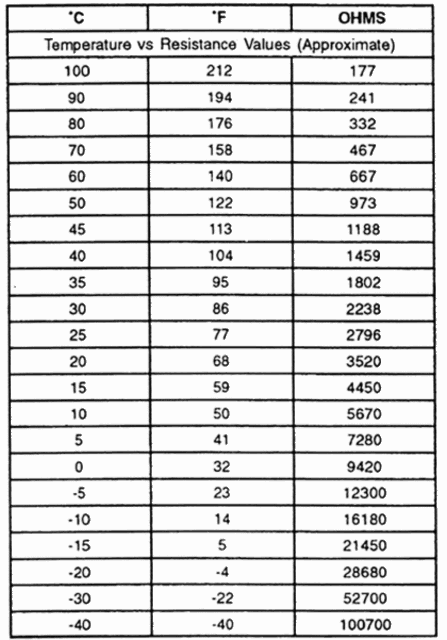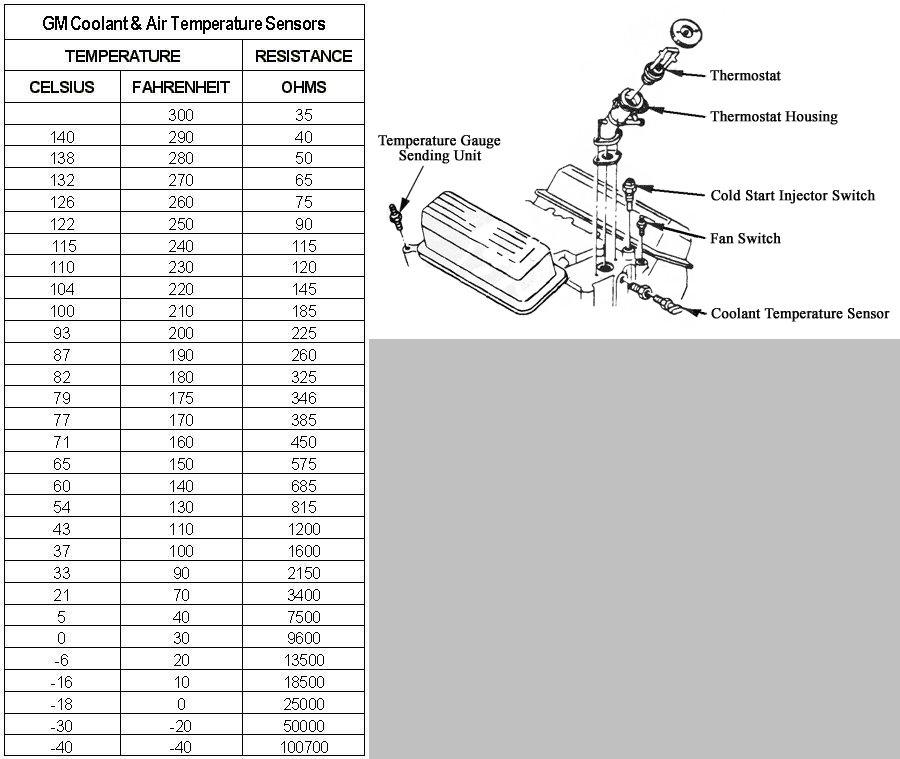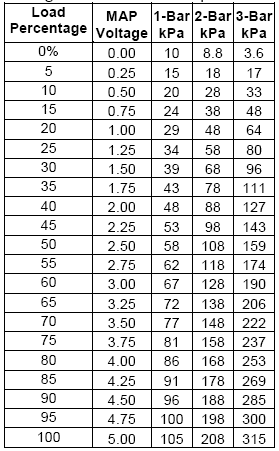
 
     |
| What Sensors Typically Go Bad On The 2.8s? (Page 1/1) |

|
jumpmonkey
|
AUG 08, 12:28 PM
|
|
I'm wondering what sensors often go bad on the V6's. I'm looking to refresh my engine and want to replace any sensors/parts that typically go bad with time.
So far I plan on replacing the Alternator, Water Pump, Thermostat, Vacuum Lines, and most Gaskets. Just looking to find out what else might be warn out or needing replaced after sitting for a decade or so.
|
|

|
82-T/A [At Work]
|
AUG 08, 12:59 PM
|
|
| quote | Originally posted by jumpmonkey:
I'm wondering what sensors often go bad on the V6's. I'm looking to refresh my engine and want to replace any sensors/parts that typically go bad with time.
So far I plan on replacing the Alternator, Water Pump, Thermostat, Vacuum Lines, and most Gaskets. Just looking to find out what else might be warn out or needing replaced after sitting for a decade or so. |
|
The MAP sensor, Oxygen Sensor, and the Intake Air Temperature sensor are all sensors that tend to slowly fail and cause the car to run less than great... until they fail outright. Also, the idle air control valve... I'd replace that too.
And not to be a pack rat, but keep the old sensors... you never know when the new ones may fail and you end up putting the old ones back in just to get home. I'll also say, NEW is not always better. A lot of the new replacement sensors are total jump. Make sure you get sensors that either come directly from GM / AC DELCO, or Delphi, or Bosch... I really don't trust the other makes / models...
|
|

|
armos
|
AUG 08, 07:54 PM
|
|
O2 sensors generally degrade with age, so it's not a bad idea to replace it once in a while. You won't get a fault code unless it's totally dead, but if it's performance is subpar then it can affect fuel mileage.
I think Denso is generally the popular replacement. I've read some complaints about Bosch, never had one myself.
Otherwise though, I'd try to stick with factory sensors unless you have a good reason to replace them. Some aftermarket sensors are not calibrated correctly and I don't think the manufacturers care to get them right. On the Fiero I ran into that with the oil pressure sender (AC Delco was correct but multiple BWDs were not). I also remember a new temperature sender for a Grand Prix that was skewed, so we put the factory one back even though it had some physical damage.
Temperature sensors can be tested with a multimeter.

.. or there's this version which shows where the sensors are, but the conversion from Celsius to Fahrenheit is goofy:

You should be in this ballpark for the CTS, the IAT, and the gauge sender.
My IAT (in the air cleaner) was giving bad readings but soaking it in CLR fixed it. Try that before giving up on it.
You should be able to test the TPS with a multimeter also. I don't remember the pinout but you should find 5V on one of the wires - this 5V supply comes from the ECM and is used by the TPS and the MAP, not sure what else. If it's not 5V then that's a problem.
While connected, you should see a different voltage returning from the sensor on another wire. The voltage will vary in a range between 0-5V depending on the throttle opening. It should move smoothly without flat spots as you gradually move the throttle. The minimum at closed throttle will not be 0V, I think it's usually closer to 1V.
Instead of backprobing the voltage, you can also unplug the TPS and read the resistance across 2 of the pins on the TPS, which should vary as above.
The MAP isn't easy to test, but it works similarly to the TPS by giving a signal voltage that varies between 0-5V.

With the engine off and the key on, the signal should be above 4V (indicating atmospheric air pressure). With the engine idling and producing max vacuum in the manifold, the reading should be much lower.
I tried looking at a couple old datalogs of mine, and it appears that when idling I got a MAP reading between 35-40kPa, so that must have been about 1.3-1.4V signal from the MAP.
But I have no idea what resistance you'd see on the terminals with it unplugged, and there's no proof my sensor is correct, or that my idle vacuum is normal, but that's what I got.
If you suspect a problem with the MAP, check for leaks in the rubber hose that connects it to the manifold.
The sensors are a lot more convenient to check if you get an ALDL cable and run WinALDL on a laptop. Then you can just plug into the ALDL connector and see all the sensor readings on screen and how they change as you vary the throttle/etc.
WinALDL can also give some view into what's happening with the O2 sensor, which isn't really possible with a multimeter.
|
|

|
Patrick
|
AUG 08, 08:18 PM
|
|
| quote | Originally posted by armos:
The sensors are a lot more convenient to check if you get an ALDL cable and run WinALDL on a laptop. Then you can just plug into the ALDL connector and see all the sensor readings on screen and how they change as you vary the throttle/etc.
|
|
Totally agree with that. IMO, there's no point replacing sensors that are operating properly, especially when the new replacement sensors are suspect at best.
|
|

|
Dennis LaGrua
|
AUG 08, 09:49 PM
|
|
|
No auto part lasts forever and my solution is to buy all new sensors and a few components now and put them on the shelf. Why? As time goes on availability becomes less and less. Always keep coils, distributor caps, ignition modules, Map, O2, CTS sensors, a fuel rail regulator and even water and fuel pumps handy. Yes it is an expense but view it as insurance. The one that you may not find is the cold start valve switch. On my 3800SC series III engine I also keep an extra MAF sensor and an extra water circulation pump for the intercooler. ------------------
" THE BLACK PARALYZER" -87GT 3800SC Series III engine, custom ZZP /Frozen Boost Intercooler setup, 3.4" Pulley, Northstar TB, LS1 MAF, 3" Spintech/Hedman Exhaust, P-log Manifold, Autolite 104's, MSD wires, Custom CAI, 4T65eHD w. custom axles, Champion Radiator, S10 Brake Booster, HP Tuners VCM Suite.
"THE COLUSSUS"
87GT - ALL OUT 3.4L Turbocharged engine, Garrett Hybrid Turbo, MSD ign., modified TH125H
" ON THE LOOSE WITHOUT THE JUICE "
|
|

|
Vintage-Nut
|
AUG 09, 10:24 AM
|
|
General Motors Sensor 25036979: Engine Coolant Temperature to the ECM
BTW - Members have reported that their "High Idle" problem was solved by replacing this sensor.
I replaced the majority of my '88 GT sensors for peace of mind......------------------
Original Owner of a Silver '88 GT
Under 'Production Refurbishment' @ 136k Miles
|
|
    
  |
|
